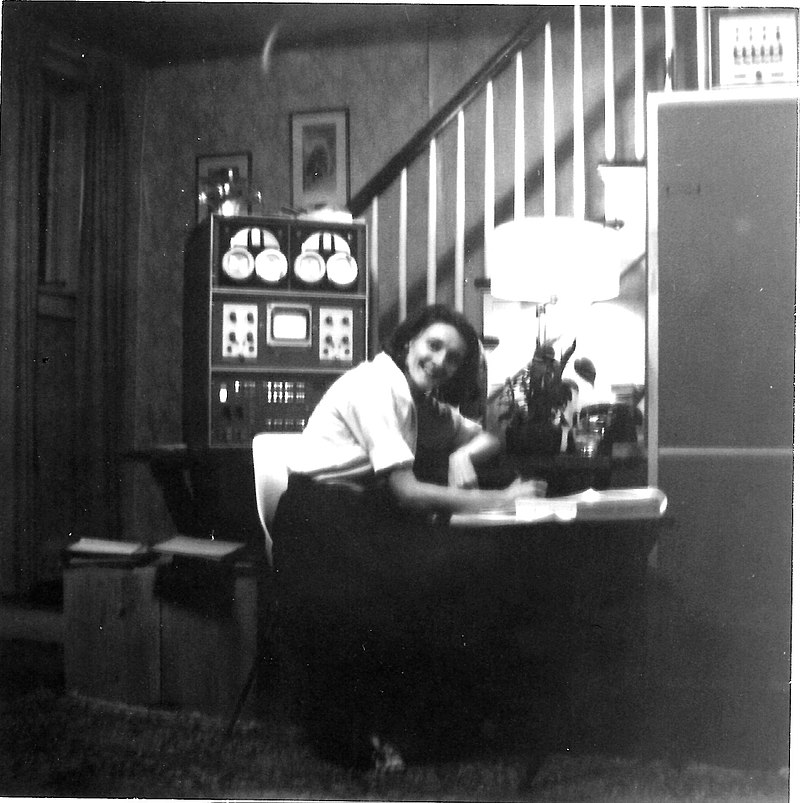Women’s History Month: Mary Allen Wilkes was a LINC Programmer and First to Use a PC at Home
By Colleen LeCount, Mobolize | Chief Revenue Officer
“I bet you don’t have a computer in your living room,” said Mary Allen Wilkes’ father.
He was referring to his daughter who, in 1965, was developing programming for the world’s first personal computer (PC) for the Computer Systems Laboratory at Washington University in Saint Louis. Wilkes lived at her parent’s home in Baltimore and the Lab supplied her with a LINC computer so she could develop its sophisticated operating system. She is considered to be the first user of a personal computer in the home.
In today’s market, she would be the first virtual worker. Many companies, including Mobolize, have their teams working remotely. But – use your imagination – Wilkes would be the first using a managed device, what is today known as Mobile Device Management (MDM). It was a huge computer the size of a single bookshelf so it was hardly portable but it was supplied to her by her employer.
Wilkes was one of the first women working in computer technology. In eighth grade, her geography teacher told her she ought to become a programmer. Upon graduating from Wellesley College, she wanted to be a lawyer but women were not well accepted in that arena yet so she took her teacher’s advice. No coding test or experience was necessary at the time but she had studied logic and philosophy so she easily passed the MIT test. She started as a punch-card programmer for IBM and was assigned to work on a new, smaller computer that had its own screen and keyboard. She designed the software for LINC, the first “minicomputer” and the forerunner to current personal computers.
She started out in 1959 at MIT’s Lincoln Laboratory working on programming the IBM 704 and IBM 709. She then joined the Digital Computer Group as part of the team developing the LINC computer. Over the years she programmed early design phases of the LINC, designed the console for the prototype and wrote the operator’s manual for the final console design. The work she did at home was developing a more sophisticated operating system, the LAP6. It incorporated a scroll editing technique that provided the user the ability to edit and manipulate documents, the inspiration for how we work on personal computers today.
Wilkes did more with LINC, including developing an early “open source” capability and designing the complex multiply macromodule. But she still wanted to be a lawyer and left the computer field to follow her first love. She became a trial lawyer after graduating from Harvard Law School.
Today’s remote workforce can send gratitude to programmers like Wilkes who developed the ability to use computing power in our homes, at local coffee shops, in an Uber or on an airplane. The concerns today are about maintaining connectivity and security on those endpoint devices (which Mobolize does very well with our high-performance, on-device Data Management Engine) but it was the initial work of Wilkes that brought the computer home.
For Women’s History Month, Mobolize honors the many women who have and will continue to make an important impact on today’s technology. Thank you all for continuing to innovate and make your unique mark on our industry.
Photo credit: Rex B. Wilkes – Mary Allen Wilkes personal archives. Mary Allen Wilkes with the LINC computer at home – 1965





